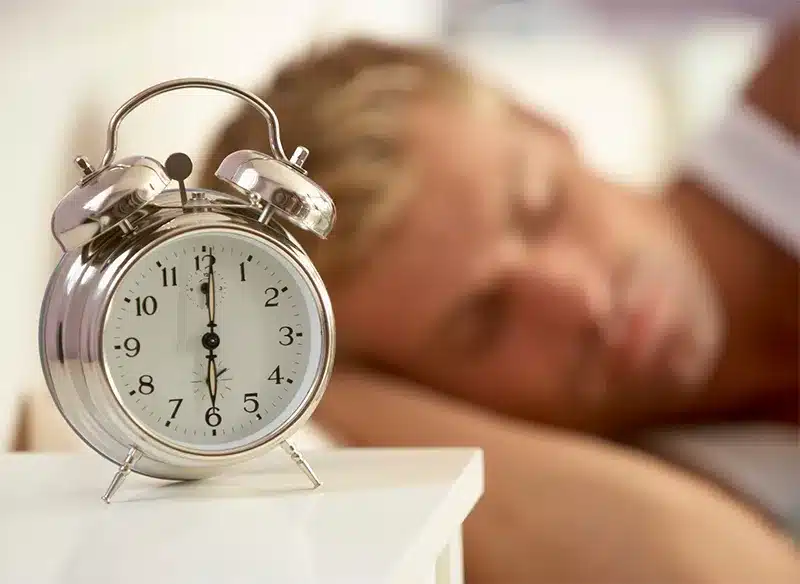Internal Clock Disorders / Circadian Rhythm Disorders / Jet Lag
Circadian Rhythm Sleep Disorders Specialist in Colorado
The body’s sleep wake cycle is controlled by the internal clock, known as circadian rhythm. Disorders of the circadian rhythm occur when the body’s internal clock is out of sync with the natural day-night cycle. This can lead to sleep disturbances, daytime fatigue, and other health issues.
Types of Circadian Rhythm Disorders:
Delayed Sleep Phase Disorder (DSPD)
Advanced Sleep Phase Disorder (ASPD)
Irregular Sleep-Wake Rhythm
Non-24-Hour Sleep-Wake Disorder (Non-24)
Shift Work Sleep Disorder (SWSD)
Jet Lag Disorder
Symptoms of Circadian Rhythm Disorder:
-
Difficulty falling asleep or staying asleep
-
Daytime fatigue or excessive sleepiness
-
Poor concentration or memory problems
-
Mood disturbances (e.g. irritability, depression)
-
Gastrointestinal discomfort

Causes and Risk Factors
-
Genetics: Some people have a naturally delayed or advanced circadian rhythm
-
Light exposure: Artificial light at night (phones, computers) can disrupt the sleep cycle.
-
Lifestyle and Work Schedule: Night shifts, inconsistent sleep patterns and frequent travel can contribute.
-
Medical conditions: Neurological disorders, depression and blindness can impact circadian rhythms.
Diagnosis
-
Sleep diaries: Tracking sleep wake patterns over 1-2 weeks
-
Actigraphy: Wearing a wrist device that monitors sleep patterns through movement and light exposure
-
Sleep study: May be indicated to rule out other causes of sleep disruption
Treatments Offered:
Light Therapy:
Bright light exposure in the morning for DSPD or evening in ASPD helps reset the body’s internal clock.
Melatonin Supplements:
Taking melatonin at a prescribed time can be helpful in shifting sleep-wake cycles (early evening for DSPD, later for ASPD).
Behavioral Changes:
It is important to maintain a consistent sleep schedule (even on weekends). Avoid screens and bright lights before bedtime. Practice good sleep hygiene (cool, dark, quiet room).
Chronotherapy:
Gradually shifting sleep time earlier or later over days/weeks to adjust to a desired schedule.
Medications:
Prescription sleep aids or wake-promoting agents may be used in specific instances.
Management of Jet Lag and Shift Work:
Strategic napping, proper light exposure and timed melatonin use can help with adjustment.